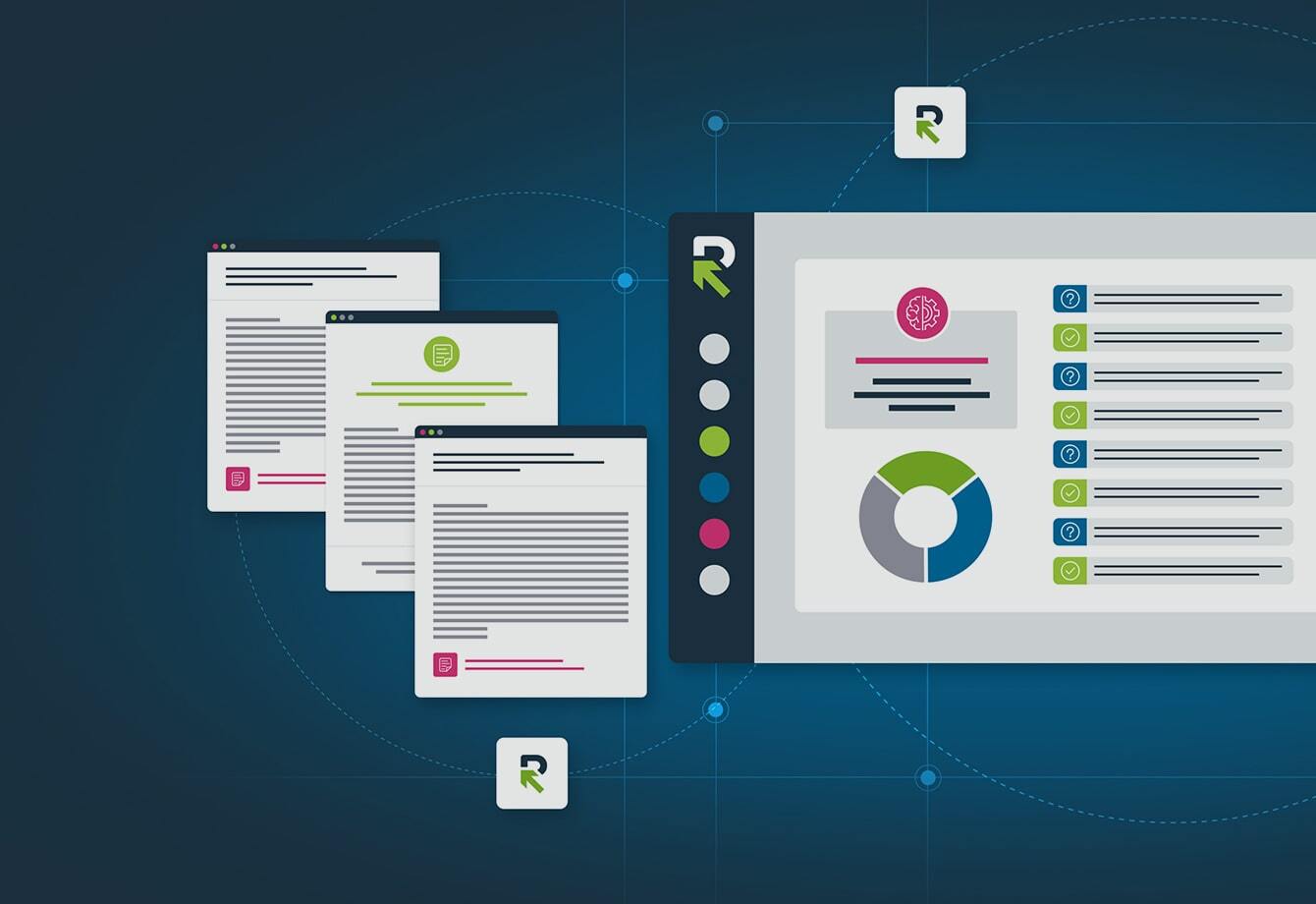
Start Responding Like a Pro
The Responsive blog is full of insights and best practices, giving you the tools you’ll need to streamline your process and respond with confidence.
Featured Post

Build an RFP response database to answer faster & win
ProductivityBuilding an RFP response database centralizes your knowledge and improves future responses. Explore this how-to guide to learn best practices and get started today.
Category: Tag: Knowledge management process


Company wiki: How to decide if it’s right for your business
Content & Storytelling
How to clean up your RFP Content Library with a 3-step content audit
Content & StorytellingSee how it feels to respond with confidence
Why do 250,000+ users streamline their response process with RFPIO? Schedule a demo to find out.